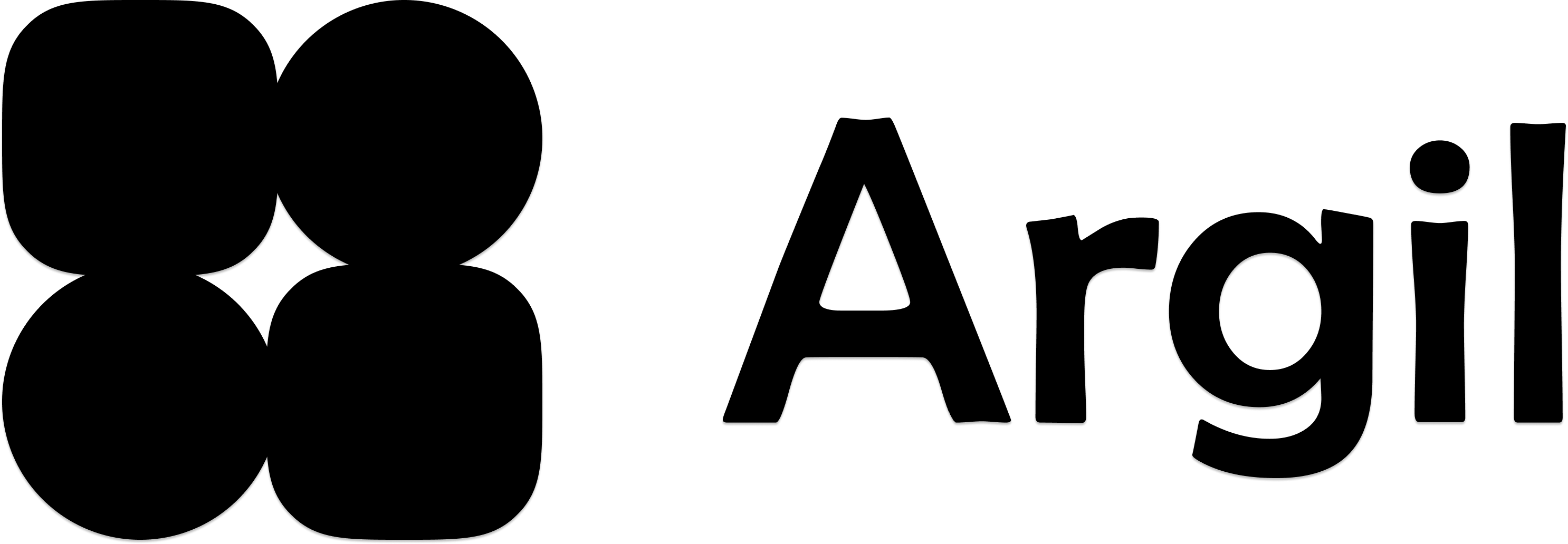What are Webhooks?
Webhooks are automated messages sent from apps when something happens. In the context of Argil, webhooks allow you to receive real-time notifications about various events occurring within your environment, such as video generation successes and failures or avatar training successes and failures.How Webhooks Work
Webhooks in Argil send a POST request to your specified callback URL whenever subscribed events occur. This enables your applications to respond immediately to events within Argil as they happen.Available Events for subscription
Video Generation Success
Video Generation Success
This event is triggered when an avatar video generation is successful.
Check our VIDEO_GENERATION_SUCCESS Event Documentation for more information about this event.
Check our VIDEO_GENERATION_SUCCESS Event Documentation for more information about this event.
Video Generation Failed
Video Generation Failed
This event is triggered when an avatar video generation is failed.
Check our VIDEO_GENERATION_FAILED Event Documentation for more information about this event.
Check our VIDEO_GENERATION_FAILED Event Documentation for more information about this event.
Avatar Training Success
Avatar Training Success
This event is triggered when an avatar training is successful.
Check our AVATAR_TRAINING_SUCCESS Event Documentation for more information about this event.
Check our AVATAR_TRAINING_SUCCESS Event Documentation for more information about this event.
Avatar Training Failed
Avatar Training Failed
This event is triggered when an avatar training is failed.
Check our AVATAR_TRAINING_FAILED Event Documentation for more information about this event.
Check our AVATAR_TRAINING_FAILED Event Documentation for more information about this event.
Managing Webhooks via API
You can manage your webhooks entirely through API calls, which allows you to programmatically list, register, edit, and unregister webhooks. Below are the primary actions you can perform with our API:List All Webhooks
List All Webhooks
Retrieve a list of all your registered webhook.
API Reference for Listing Webhooks
API Reference for Listing Webhooks
Register to a Webhook
Register to a Webhook
Learn how to register a webhook by specifying a callback URL and the events you are interested in.
API Reference for Creating Webhooks
API Reference for Creating Webhooks
Unregister a Webhook
Unregister a Webhook
Unregister a webhook when it’s no longer needed.
API Reference for Deleting Webhooks
API Reference for Deleting Webhooks
Edit a Webhook
Edit a Webhook
Update your webhook settings, such as changing the callback URL or events.
API Reference for Editing Webhooks
API Reference for Editing Webhooks
